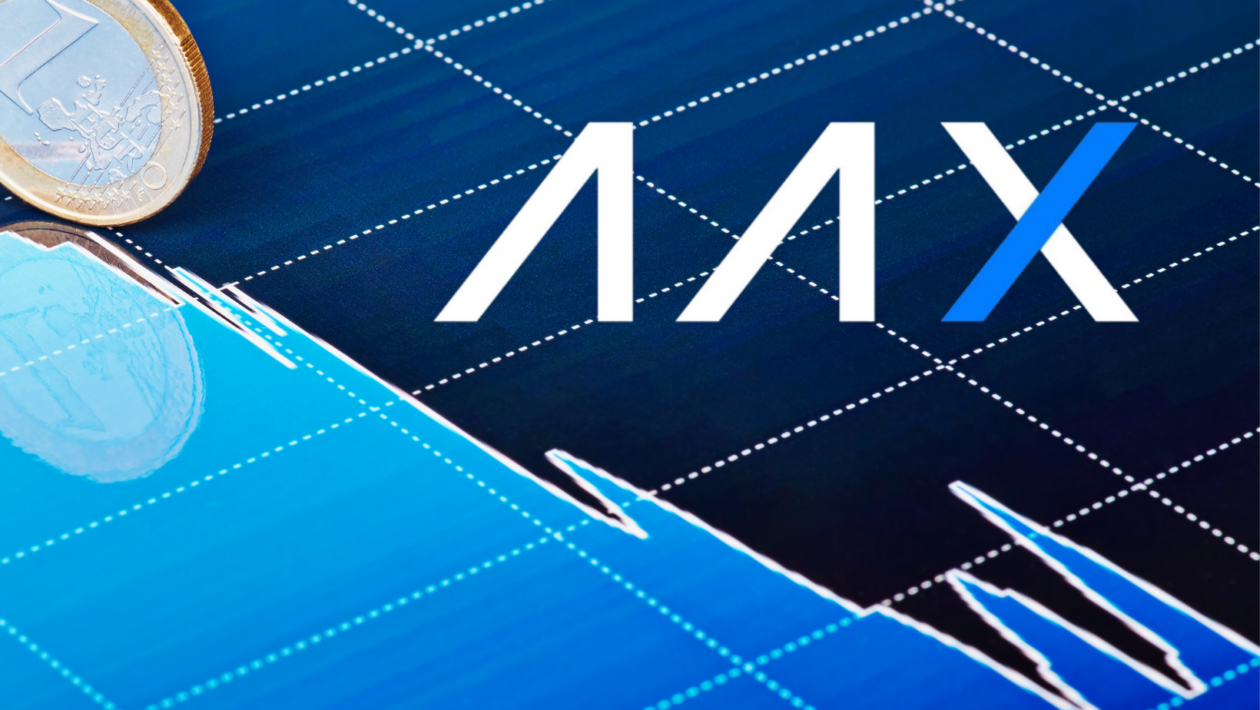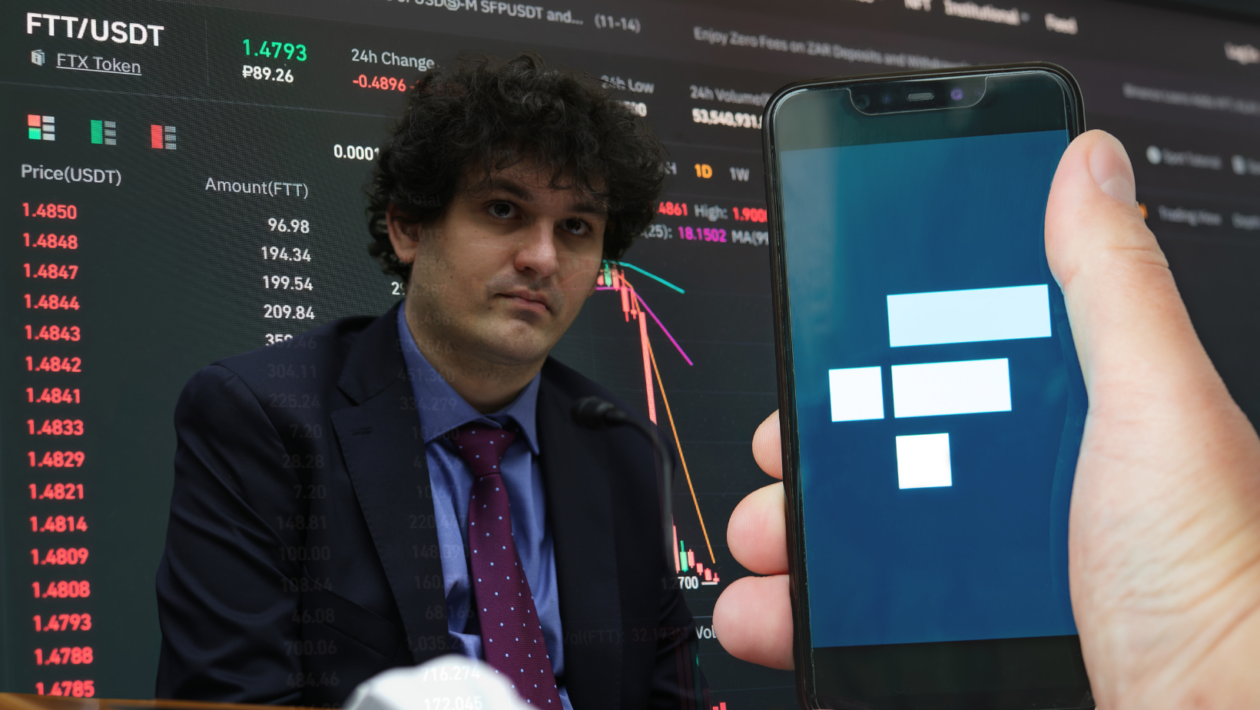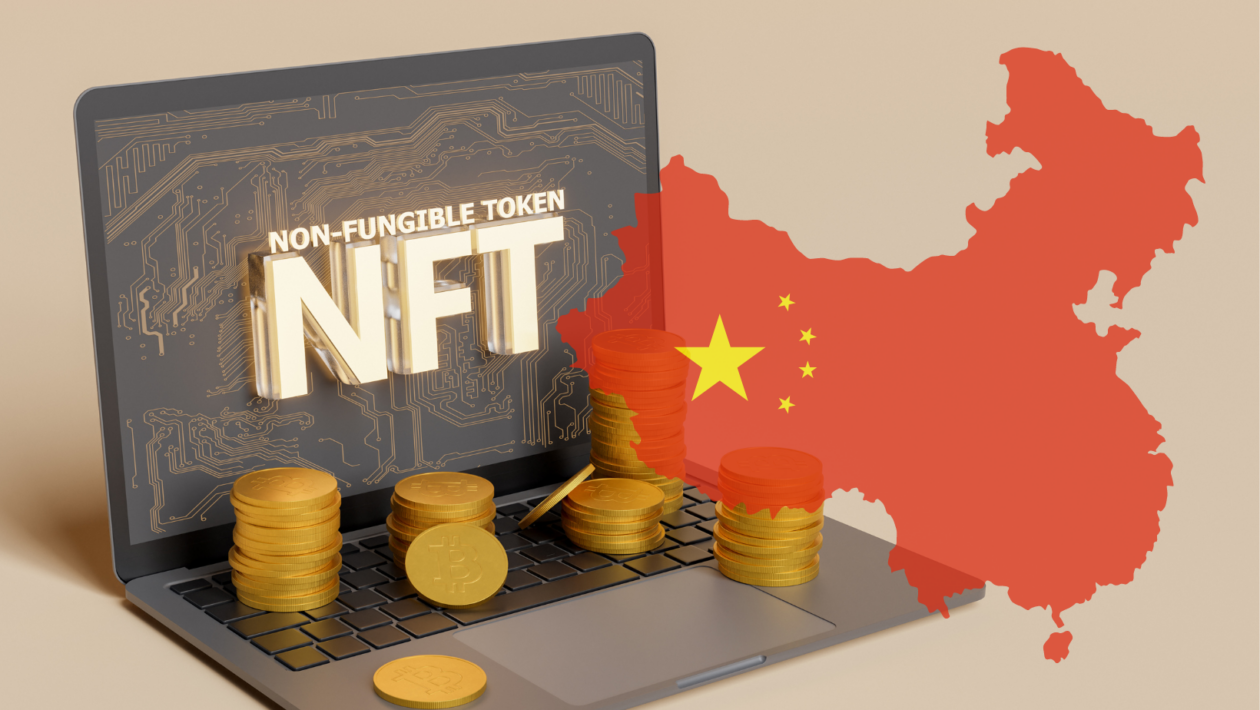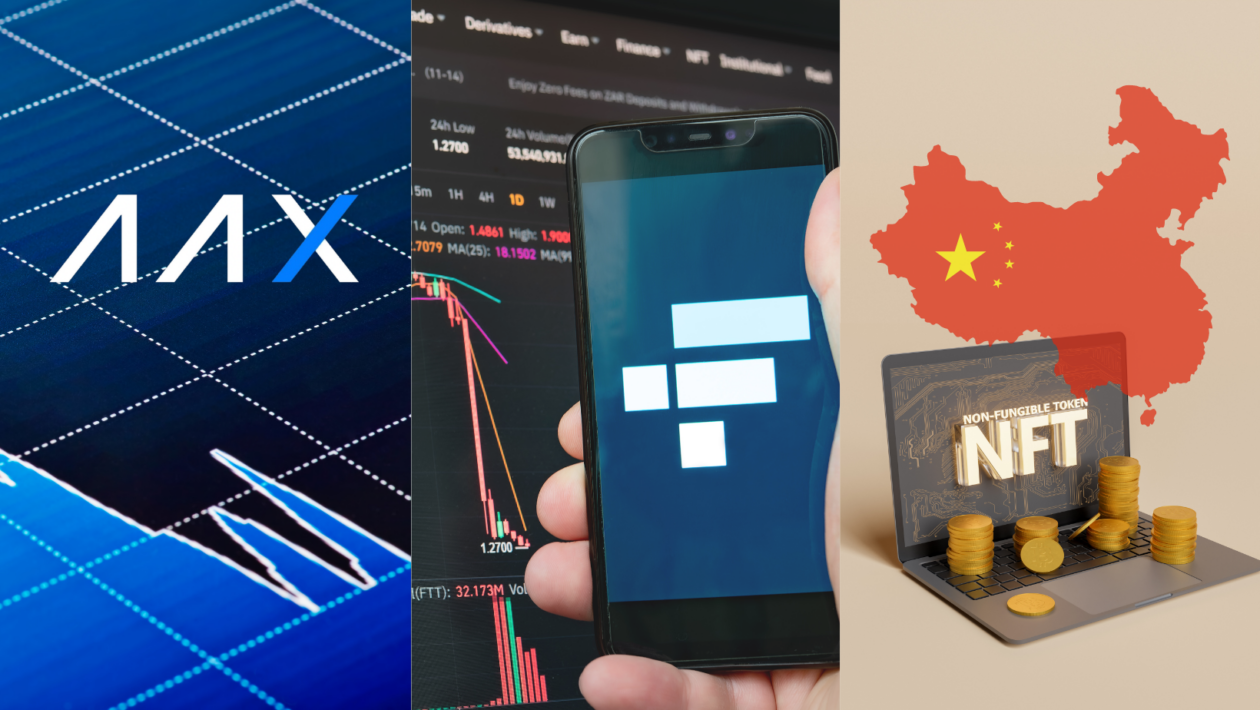In this issue
- AAX: FTX domino
- SBF: No mea culpa
- Chinese NFTs: Lawful property
From the Editor’s Desk
Dear Reader,
It’s said the night is darkest just before the dawn. That’s what many in the cryptocurrency community are doubtless hoping as they witness collapse after collapse involving companies in the space.
In just the past several days, we’ve seen Hong Kong-headquartered Atom Asset Exchange (AAX) looking as though it’s going to the wall following the shedding — voluntary and involuntary — of most of its staff and doubts expressed that it will ever operate again.
At the weekend, Dubai-based exchange Bybit laid off almost one-third of its workforce in the company’s second round of job cuts this year, and Australia-headquartered Swyftx retrenched some 40% of its staff.
Those unhappy episodes were preceded last week by crypto lender BlockFi filing for bankruptcy protection and, of course, the spectacular busts of the two companies arguably at the center of the current gut-wrenching wave of convulsions in the sector – Terra and FTX. And then there are all the others.
It’s obviously incredibly discouraging to see our industry in such distress. But even amid all the gloom, there are some points of light.
One such flicker of encouragement is the ruling by a court in notoriously crypto-hostile China that appears to endow holders of non-fungible tokens (NFTs) with property rights over their assets.
NFTs, – or “digital collectibles” as they’re known in China, in a semantic sleight of hand aimed at distancing them from the officially frowned-upon crypto phenomenon – have long been the object of criticism by state media organs and, by extension, the state itself. Against that backdrop, the fact that the Hangzhou Internet Court’s decision to define them as digital property afforded the protection of law is significant.
The ruling is far from a U-turn – and Chinese courts have been known to contradict one another in their judgments – but it potentially paves the way for further development of the digital asset industry in the world’s most populous nation. As do other blockchain developments in China and innovations in the space that maintain its evolution elsewhere.
Amid all the sector’s current struggles, and as the clock inevitably ticks down to sunrise, such ongoing efforts and small successes are very welcome beams of light presaging a return to the success we wish to see our industry enjoy.
Until the next time,
Angie Lau,
Founder and Editor-in-Chief
Forkast
1. Last one out, turn off the lights

By the numbers: AAX — over 5,000% increase in Google search volume.
Hong Kong-headquartered, Seychelles-incorporated cryptocurrency exchange Atom Asset Exchange (AAX), which once boasted of having over 2 million users, has lost most of its staff amid a wave of sackings and resignations, and is unlikely to resume operations, the company’s former vice president and head of research, Ben Caselin, told Forkast.
- In July this year, AAX was the world’s second-largest cryptocurrency exchange by spot trading volume, which amounted to US$57.2 billion that month, according to a company press release.
- On Nov. 13, AAX halted withdrawals and froze assets, saying the move was a security measure in response to a series of malicious attacks on its platform.
- AAX is among a growing number of crypto companies caught up in the fallout of the collapse of heavyweight exchange FTX, which has seen investors withdrawing their crypto due to fears of industry-wide contagion.
- When FTX filed for bankruptcy protection, AAX stated that it had no financial exposure to the stricken exchange or its affiliates, saying: “All digital assets on AAX remain intact with a substantial amount stored in cold wallets and user funds are never exposed to counterparty risk from any financing or venture activities.”
- Caselin, who left AAX last week, said that communications from the upper levels of the company’s management had become “opaque and messy.”
- AAX’s former vice-president said he had become aware of the severity of the exchange’s problems days after it suspended withdrawals, as employees were called into crisis meetings to discuss raising capital by selling equity, a merger, an acquisition, or issuing debt.
- “Then everything ran into a wall,” Caselin said, adding that “basically, all of the staff” were terminated or quietly resigned as investor talks became shrouded in non-disclosure agreements and communications with management stalled.
- Two days after its withdrawals freeze, AAX put out a press release saying: “In order to replace the capital needed to resume all our services, AAX will need to raise new capital … Our existing shareholders have contributed additional capital over the past week and we have secured interest on new investments. At this stage, we estimate that on top of our liquidity, we are in a good position to get our operations and services fully up and running.”
- A fortnight later, Hong Kong newspaper South China Morning Post reported that AAX had faced financial problems before FTX’s collapse partly due to poor risk management practices at AAX’s market maker, 10kM Trading. The report cited an unnamed former AAX employee.
- Caselin said he was unfamiliar with the activity of 10kM Trading, but added that concerns around users’ funds were valid. “I think the best-case scenario is to begin a formal process of unwinding the company, with funds going back out to users’ cold wallets,” he told Forkast.
Forkast.Insights | What does it mean?
As the casualty count grows amid the wreckage of FTX’s implosion, one thing remains worryingly common: the companies that have gone under all seem to be at best poorly run, and at worst, engaged in illegal activity.
FTX, most critics now believe, allowed affiliate trading firm Alameda Research to borrow customers’ funds illegally and trade them. Crypto lender Genesis Global Capital is being investigated by the U.S. Securities and Exchange Commission (SEC) over potentially illegal trading practices. BlockFi, another crypto lender, which filed for bankruptcy last week, is being investigated by regulators in California and has already been fined US$50 million by the SEC.
The crypto ice age, if nothing else, is highlighting an industry-wide problem: a tendency for companies to cut corners. As happened during the initial coin offering bust in 2018, before the current rout, when regulators started investigating some of the frothiest success stories, many turned out to be little more than scams.
As calls for better regulation grow louder — especially among founders in the industry — it seems crypto doesn’t have what it takes to regulate itself. This is a profound shift from the industry’s early days, when its proponents believed the technology could end the need for regulating third parties. Now, it seems, it won’t survive without them.
2. SBF: It wasn’t me

By the numbers: SBF — over 5,000% increase in Google search volume.
Sam Bankman-Fried, also known as “SBF,” the founder and former CEO of failed cryptocurrency exchange FTX, might decline the chance to testify before the U.S. Congress next week, according to his Twitter post.
- Bankman-Fried was responding to an invitation from House Committee on Financial Services Chair Maxine Waters to testify at a hearing on Dec. 13.
- “Once I have finished learning and reviewing what happened, I would feel like it was my duty to appear before the committee and explain,” Bankman-Fried tweeted. “I’m not sure that will happen by the 13th. But when it does, I will testify.”
- Bankman-Fried has made multiple appearances in interviews and Twitter spaces during the past week that he claims go against the advice of his legal team.
- During a virtual appearance at this year’s New York Times DealBook Summit, Bankman-Fried said he was “frankly surprised” by what had gone on at affiliate trading company Alameda Research, and that he “didn’t knowingly commingle funds.”
- Bankman-Fried told ABC News that he “did not know that there [was] any improper use of customer funds” at his company, amid rising speculation that user deposits had been used for trading by Alameda Research.
Forkast.Insights | What does it mean?
In the flurry of interviews Sam Bankman-Fried has given in the past week, he appears to be reiterating a certain theme that may prove important later to his legal defense: that FTX’s failure was caused by incompetence and mistakes in judgment rather than intentional acts that would amount to fraud.
There is significant evidence suggesting this is at least partly true: There was no one responsible for risk management, it appeared that nothing remotely resembling a conventional board or subcommittees was in place, and it was unknown how many compliance staff the company had.
Even court proceedings have so far been unable to provide a complete list of who worked for FTX and in what capacity. But some of the company’s biggest backers have been saying perhaps that’s not the whole story.
Partners at Sequoia Capital have defended the due diligence carried out on the venture capital firm’s US$214 million investment in FTX. On a recent call with investors, Sequoia partners said their staff had reviewed financial statements and asked multiple times about the relationship between FTX and Alameda Research.
Ontario Teachers’ Pension Plan, which has written off its US$95 million investment in FTX, described its due diligence as “robust.”
Temasek, the investment giant owned by the government of Singapore, also claimed to have done an “extensive due diligence process on FTX” before writing off its US$275 million investment.
So which is it? Did FTX executives deliberately mislead investors, or were FTX’s institutional investors — who were among the most experienced and sophisticated in the investment business — clueless or blithe as to what was really happening?
The truth probably lies somewhere in the murky middle. That’s likely to lead to reductions in the sums of money invested in crypto companies and increases in scrutiny by regulators and investors in the future.
3. NFTs in China: protected property

In China, the Hangzhou Internet Court has ruled that non-fungible tokens (NFTs) are “virtual property” protected by law and moreover, have “value” related to intellectual property rights, according to the summary of a recent case posted on the court’s official WeChat account.
- The court is the first in China to have adopted blockchain technology in legal proceedings.
- In the NFT case, an unnamed plaintiff sued a Hangzhou-based digital art platform for canceling an NFT sale and issuing a refund without the consent of both transacting parties.
- The platform said it had canceled the sale because the plaintiff had provided inaccurate personal details during know-your-customer verification.
- The court ruled in favor of the defendant, saying that the Hangzhou-based platform rightfully terminated the NFT sale. “The sale contract for the NFT does not violate Chinese laws, nor does it violate regulatory guidance in China to prevent financial risks, so Chinese laws should protect it,” the court said.
- “As virtual artworks, NFT collectibles condense the creator’s original expression of art and have the value of related intellectual property rights,” the court said. “NFTs are a unique digital asset on the blockchain, based on trust and consensus mechanisms among blockchain nodes. Therefore, NFTs fall into the category of virtual property.”
- The court further suggested NFTs be regulated by the country’s E-commerce Law.
Forkast.Insights | What does it mean?
The Hangzhou Internet Court’s ruling marks an important milestone for NFTs in China, especially given that authorities have yet to lay out clear rules for the sprawling industry.
China banned cryptocurrency mining and transactions in September last year, but authorities did not ban the trading of NFTs — at least not outright. Xiao Sa, a Beijing-based lawyer, wrote in an article posted on domestic social media last week that the September 2021 crypto ban suggested that regulators at least did not oppose the existence of NFTs.
The latest court ruling holds that NFTs — known as digital collectibles in China — are a special type of internet virtual property, meaning that sale contracts should be valid and the rights of buyers and sellers should be protected by law.
However, the court ruling did not touch on secondary trading of NFTs. It remains unclear how authorities will regulate NFTs, in particular when it comes to trading. Trading on secondary markets is more likely to hit a nerve for regulators as Chinese state media have repeatedly criticized the speculative nature of such activity.
Yet many platforms in China continue to operate secondary markets for NFTs, according to Pengfei Wang, chief executive of ShucangCN, one of the biggest NFT platforms in the country. Wang told Forkast he remained very bullish on Chinese NFTs, and that his company ran a trading marketplace in collaboration with a local cultural equity exchange. Wang said he expected authorities to roll out positive policies rather than a blanket ban like that in place for cryptocurrency.
The Hangzhou court’s ruling in the case has made industry players excited as they await clearer rules from mainland authorities for new forms of digital property. It remains unclear when authorities will make their minds up on the specifics of regulation for the NFT sector, but the court case is unequivocally sending a positive message regarding the development and ownership of non-cryptocurrency digital assets.




